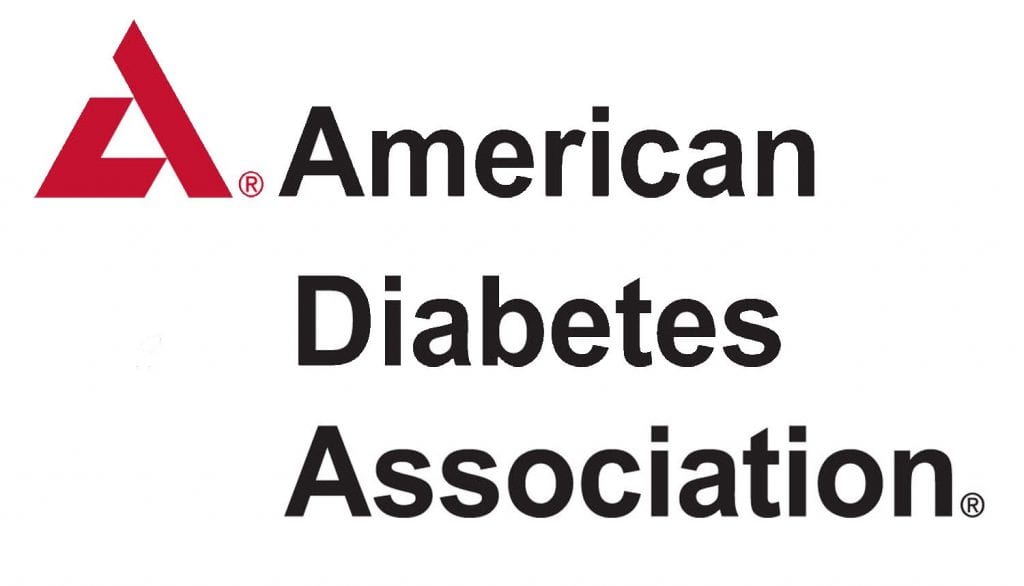A strong rehashing message of individualizing determined thought is resounded all through the American Diabetes Association’s Standards of Medical Care in Diabetes—2020 (Standards of Care) circulated today.
Considering the latest legitimate diabetes look at and clinical starters, the Standards of Care joins new and revived proposition and rules for pondering people with diabetes. The Standards of Medical Care in Diabetes—2020 fuses streamlined figures and tables that even more successfully oversee providers through treatment choices and individualized recommendations for treatment of cardiovascular infection subject to patients’ past conditions.
Remarkable considerations for increasingly settled adults with type 1 diabetes have moreover been added to address the treatment of this creating masses, similarly as rethought recommendations and additional supporting verification for the usage of rapidly changing diabetes development.
The Standards of Medical Care in Diabetes—2020 gives the latest in extensive, confirmation based advice for the finding and treatment of diabetes, strategies for the balancing activity or delay of type 2 diabetes, and accommodating approaches that can diminish entrapment, lighten cardiovascular and renal danger, and improve prosperity results.
Cardiovascular disease in diabetes
The proposition for treatment of cardiovascular contamination, which is the primary wellspring of inauspiciousness and mortality for individuals with diabetes, has now been individualized reliant on patients’ perils, including the closeness of atherosclerotic cardiovascular ailment (ASCVD) or ASCVD chance components, diabetic kidney ailment, or cardiovascular breakdown.
Use of SGLT2 inhibitors and GLP-1 receptor agonists in patients with or at high peril for cardiovascular infection, kidney sickness, or cardiovascular breakdown is by and by recommended paying little notice to patients’ present A1C or A1C target.
Oral semaglutide, which was supported by the FDA in September 2019, is by and associated with the talk of blend medications.
As a result of the FDA underwriting of liraglutide in youths 10 years of age or increasingly prepared, there is another proposal added to the pharmacologic organization of type 2 diabetes information in the “Children and Adolescents” portion.
Glycemic targets
Considering the 2019 dispersion “Clinical Targets for Continuous Glucose Monitoring Data Interpretation: Recommendations From the International Consensus on Time in Range,” new proposals have incorporated the usage of a portable glucose profile (AGP) report and time in reach out for assessment of glycemic the load up.
As diabetes the administrators improve, people with type 1 diabetes are living longer; consequently, there is an as of late included subsection inside Section 12 focusing on one of a kind thoughts for increasingly settled adults with type 1 diabetes.
In view of another understanding report, another proposal was added to see that a combination of eating plans are acceptable for people with prediabetes.
On account of the rapidly changing field of diabetes advancement, the “Diabetes Technology” fragment has been adjusted and recommendations inside the portion have been altered with a highlight in transit that there is no “one-size-fits-all” approach to manage development use in people with diabetes.
Additional information was added to the “Repugnance or Delay of Type 2 Diabetes” portion concerning the risk decline certain social events experienced with metformin use, as exhibited by the 15-year follow-up data of the Diabetes Prevention Program Outcomes Study.
The board is a multidisciplinary gathering of 16 driving U.S. pros in the field of diabetes care and fuses specialists, diabetes instructors, enlisted dietitians, and others whose experience fuses grown-up and pediatric endocrinology, the investigation of illness transmission, general prosperity, cardiovascular peril the officials, microvascular complexities, recently settled tendency and pregnancy care, weight the board and diabetes balancing activity, and usage of development in diabetes the administrators.
Members of the American College of Cardiology (ACC) gave an analysis of the “Cardiovascular Disease and Risk Management” portion, and this fragment got endorsing from ACC.


